The SCA breaks down the beta version of the Coffee Value Assessment

The Specialty Coffee Association breaks down the beta version of the new Coffee Value Assessment, designed to be a powerful tool to help measure and facilitate the distribution of coffee.
Since the existing Specialty Coffee Association (SCA) cupping form was created in 2004, it has become a globally recognised industry standard used by many stakeholders across the global value chain to evaluate, assess, and purchase coffee. Meanwhile, over the past 19 years, the industry’s understanding of sensory science and coffee’s sensorial properties has advanced significantly.
To this end, the SCA has been working on a long-term project to evaluate, expand, and evolve the 2004 cupping protocol.
The result, SCA Technical Officer Mario Fernández says, is a “more holistic coffee value assessment system, which provides a full, detailed picture of a specialty coffee and the attributes for which it is valued”.
“Our hope is that [the new assessment tool] creates value in a more transparent and fair way, not just for producers but for the whole industry. It represents an opportunity to understand different attributes of coffee more thoroughly while still using the same language that is recognised globally,” he says.
SCA CEO Yannis Apostolopoulos says this new system expands on the original value assessment tool by offering additional opportunity to capture and identify important information about coffee.
“This will result in a clear and transparent record to assist in value discovery for all parties,” says Apostolopoulos.
“If I told you my car was a BMW, you’d only know the brand of my car, not the make or model. If I told you it was a 2019 3 Series 320d M Sport G20 Automatic, suddenly it may hold a lot more value to you. The whole idea of the Coffee Value Assessment is to understand more about the physical and descriptive attributes of coffee so it becomes more valuable.
“We have 20 years of research and innovation that isn’t captured in the current tool. Our purpose as the SCA is to foster global coffee communities and support activities to make coffee a more sustainable, equitable, and thriving endeavour for the entire value chain.”
The evolution of specialty
When coffee tasting was added to the coffee grading protocol in the 1800s, it was somewhat of a revolution in coffee grading. Ideas of coffee quality had been based predominantly on physical attributes, like size, but certain coffees thought of as inferior because of their smaller size were found to have better flavour than their larger components. Although ‘cupping’, as it would come to be known, was largely used by green bean traders and roasters, the early advent of the specialty coffee movement in the mid-1970s – prioritising quality and freshness – brought renewed interest to the practice. This was later codified, launching in 1999 as the first SCA Cupping Protocol and Scoring System. The system sought to quantify coffee quality using a multi-part form and mathematical scoring model inspired by the wine industry’s 100-point scoring system.
“Today, the practise of cupping remains a valuable method for discovering and cataloguing valuable attributes, particularly those related to a coffee’s intrinsic sensory attributes. As the specialty coffee industry has progressed and matured, a wider range of attributes, particularly extrinsic attributes, like geographical identity information, sustainability credentials, or producer stories, have become increasingly valuable to the marketplace,” says Fernández.
The new Coffee Value Assessment aims to evolve the 2004 cupping protocol.
According to the SCA, sometimes ‘cupping notes’ – regulated to a small box on the 2004 cupping form – contain valuable information about a coffee. This is complemented by information such as the results of a coffee’s physical evaluation or third-party certifications.
“Under the 2004 cupping paradigm, however, most of this information is inadvertently obscured through the adoption of a single, numeric score used to articulate a coffee’s quality and value in contracts,” Fernández says.
As the existing coffee value assessment system impacts and is impacted by both buyers and growers, Apostolopoulos says the first step of the review and evolution process was to commission a project in 2020 to better understand how members of the coffee industry used the protocol, and its perceived strengths and weaknesses in assessing coffee’s value and sensory attributes. The SCA then propositioned an updated, descriptive definition of specialty coffee in the same year, upon which a new framework for a coffee value assessment system could be built.
“The SCA has chosen to define specialty coffee as ‘a coffee or coffee experience recognised for its distinctive attributes, and because of these attributes, has significant extra value in the marketplace’. Coffee, which does not present these valuable attributes, remains undifferentiated and will probably end up as commodity coffee,” says Apostolopoulos.
A new foundation
It was clear to the SCA that any reengineering of the former system would need to be built on the new attributes-based definition. Hence, the new value assessment system offers a “360° image” of a specific coffee across four assessment types: physical, descriptive, affective, and extrinsic.
“Each of these assessments should be completed separately to avoid bias when assessing the intrinsic attributes during the physical and descriptive assessments, as tasters and cuppers can be easily biased if they are given access to extrinsic information about coffee,” Apostolopoulos says.
In the physical assessment, users record intrinsic attributes like a green coffee’s colour, defects, moisture content, and size. The SCA suggests that these activities and their results be kept separate and concealed from any sensory assessment activities or actors, to avoid bias. The physical assessment is still currently in research and development though. In the meantime, the CVA protocol proposes an approach very similar to the former “green coffee grading”.
The sensory descriptive assessment involves users objectively recording intrinsic sensory attributes. These include fragrance, aroma, flavour, aftertaste, acidity, sweetness, and mouthfeel. According to the SCA, all sensory assessment activities should be completed without any identifying information about the coffee.
In the affective or impression of quality assessment, users record subjective information about a taster’s impression of quality or hedonic preferences. Using the same categories of the sensory descriptive compartment, tasters apply the nine-point hedonic scale to reflect either their own preference or a well-known market preference. They then score their impression of quality for the coffee overall out of 100 points. This assessment is also used to record cups with ‘sensory defects’, which are distinct from physical defects identified in the physical evaluation compartment. The number of defects has been reduced to three (mouldy, phenolic, and potato) because some sensory attributes which were previously considered undesirable have since become accepted, and even sought after, in some markets.
Finally, the extrinsic assessment comprises users recording informational or symbolic attributes that contribute to a specialty coffee’s value. These include, but are not limited to, coffee identity, such as location of origin or producer information, processing information, physical assessment results, sustainability certifications, or other information, such as a coffee’s ‘story’. This is a descriptive activity that seeks to list any extrinsic attributes that make a coffee interesting to buyers in the marketplace. The SCA cautions that assessors who are undertaking the physical, sensory descriptive, or affective assessments should not compile this information until after those assessments have been completed, to avoid introducing bias. Extrinsic research across the coffee industry has shown the impact of extrinsic attributes on both people’s sensory perception and impression of quality.
“Once all assessments have been completed, the system acts as a value discovery tool by comparing the attributes in the coffee being assessed with those that have been identified as valuable and sought after by the buyer. There is a clear and transparent record to assist in value discovery for both parties,” says Apostolopoulos.
Fernández says the assessment aligns with the SCA’s sustainability agenda, which emphasises equitable value distribution throughout the supply chain.
The Specialty Coffee Association’s original cupping form was created in 2004.
“We have found that one of the main threats to coffee sustainability is the unequal distribution of value along the supply chain. Value also depends greatly on how people perceive value, and what attributes are valuable to them. The Coffee Value Assessment is an opportunity to explore all the different attributes that can be valuable in a coffee in a more explicit and transparent way. Previously, the main indicator of a coffee’s quality was the cupping score, and that left out many other important attributes that represent a valuable aspect of coffee for people,” he says.
“The system simultaneously integrates advances in sensory and coffee science, making it compatible with scientific research for the first time, as well as learnings from a large user-perception research project conducted with the specialty coffee community.”
Fernández adds that coffees with the same score rarely receive the same price under the 2004 system – other factors such as country of origin, certifications, and processing method are also considered by buyers when determining price. Currently, he says the cupping score only defines value when all other factors are equal.
“That is where the new assessment tool can become a much more transparent tool to discover a coffee’s value, as it looks at all the different attributes and how important they are to a buyer. People who value the cupping score can keep using it as an important attribute when it comes to value discovery, but the new tool provides a much more thorough way to discover value beyond just the cupping score,” Fernández says.
A broader perspective
A common question Apostolopoulos has been asked since the release of the Coffee Value Assessment is: how might someone use this new system to assess coffee value in a concrete and practical way?
“From a buyer’s perspective, the system is most useful when they are clear about what they value in a coffee, either as an ideal or as very specific needs. Before beginning any sample assessments, they might produce a thorough and honest list of the attributes they are seeking. This list of attributes could then become the standard against which the coffees that come their way are measured. Alternatively, they could use the system to help them create this list of attributes by assessing a broad range of samples to help them determine which attributes, from the different intrinsic and extrinsic categories, they are inclined to reward. A buyer might also wish to create different profiles of attributes, depending on their business needs,” says Apostolopoulos.
“In this way, for example, if a buyer needs a Fairtrade coffee with a distinct chocolatey flavour, it will become clear to the seller why they reject or offer a low price for a coffee which, though organic and high scoring, does not exhibit any of the sought-after attributes. This exercise is also helpful for potential sellers to better tailor their offer to a market’s needs next time.”
From a seller’s perspective, Apostolopoulos says the system helps to surface the broader list of coffee’s potentially desirable attributes and more clearly communicates a coffee’s value in all senses of the term to a potential buyer.
“By requesting a buyer’s profile of desirable attributes, the seller may understand whether or not it would be advisable to send samples, or if that effort would be better expended elsewhere. If a coffee exhibits rare attributes which are sought-after by the buyer, the seller should expect a fair premium,” he says.
Although the assessment tool was formally introduced at the Re:co Symposium, which took place from 19 to 20 April in Portland, Oregon, there will be a transition period before the old 2004 version becomes obsolete.
“The research team recognises that not only will any evolutionary changes take time to move throughout coffee’s complex value-generating system, but that it also stands to impact producer livelihoods. With this in mind, we propose a phased approach to executing the vision,” says Fernández.
The assessment tool was formally introduced at Re:co Symposium, which took place from 19 to 20 April in Portland, Oregon.
“The two systems will coexist for a period of time while the industry helps us to refine the new system. We estimate an SCA standard pertaining to the new system will be published in late 2024 or 2025. In the meantime, we recommend taking advantage of this ‘beta testing’ or ‘early adopter’ phase to familiarise yourself with the new system as a cupper or as an organisation.”
The Coffee Value Assessment has been introduced to producers in various forums, including pilot studies, events, and cupping courses.
“The response has always been of great interest. Most producers, particularly cuppers from producing countries who have learned how to use it, are feeling very enthusiastic about its potential,” Apostolopoulos says.
“However, they are uncertain about what the tool will mean for them, as it is not clear to them when the industry will adopt it, or if this will actually result in benefits for them. In other words, producers are clear the new assessment system will be beneficial to them if it’s embraced by the whole value chain.”
Fernández invites the industry to approach SCA with any queries about the Coffee Value Assessment and welcomes feedback from the public.
“We have a dedicated page to the assessment system where viewers can find resources or ask questions. People can also sign up as early adopters of the tool, which incorporates them into our database and grants them access to any updates. We would be very happy to gain the support of the specialty coffee community and appreciate their help in the finetuning and development of this assessment,” he says.
Apostolopoulos says the SCA is committed to ensuring this tool is accessible to coffee producers and producing organisations all over the world.
“Without them, there would be no specialty coffee and none of this is worth doing if we cannot make specialty coffee a thriving, equitable, and sustainable activity for all,” he says.
For more information, visit sca.coffee
This article was first published in the July/August 2023 edition of Global Coffee Report. Read more HERE.
The post The SCA breaks down the beta version of the Coffee Value Assessment appeared first on Global Coffee Report.
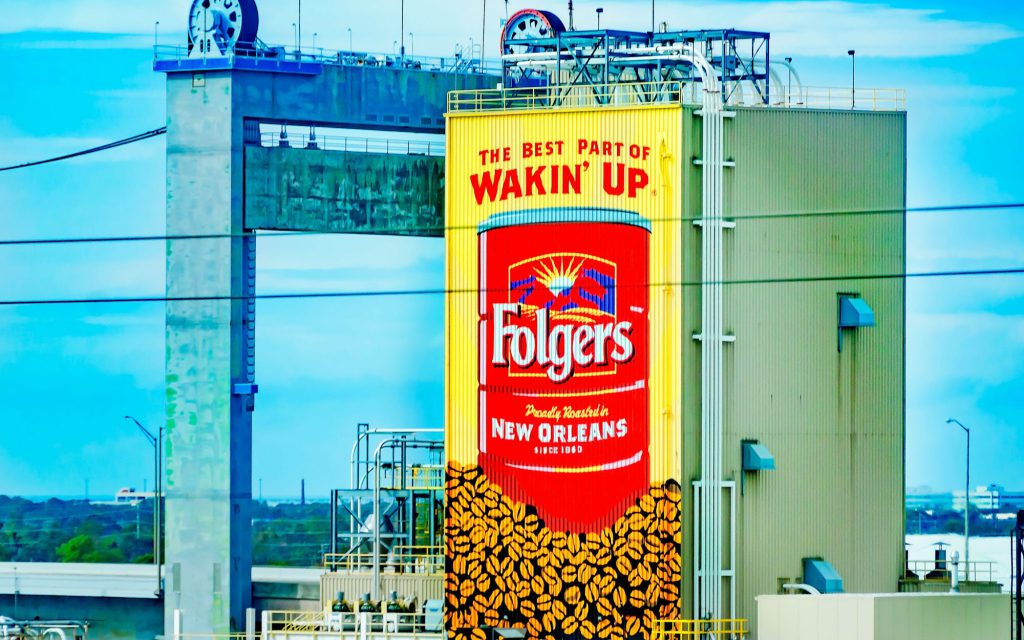
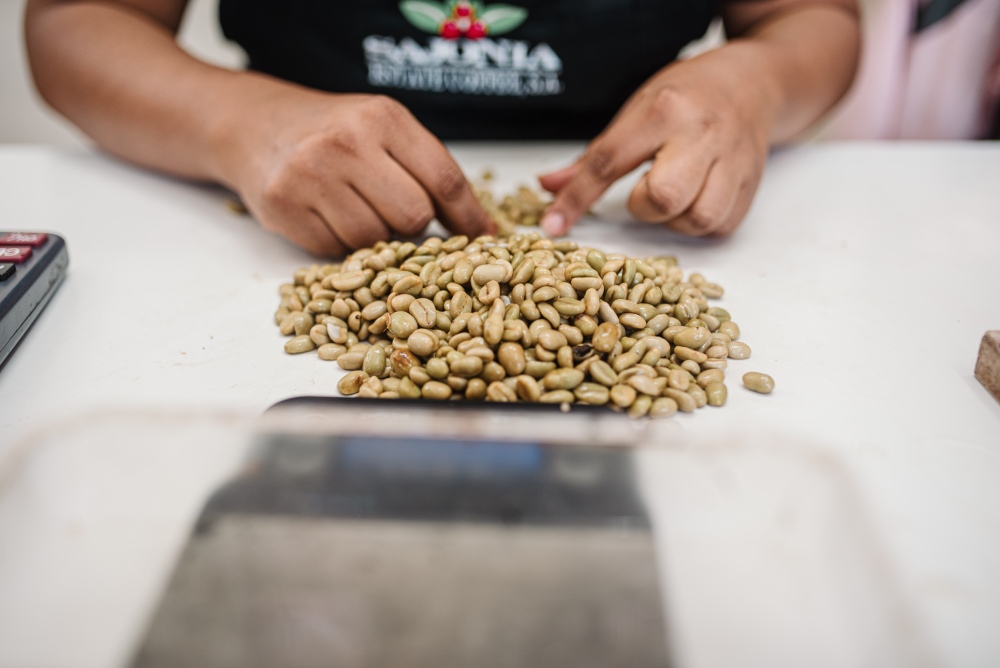
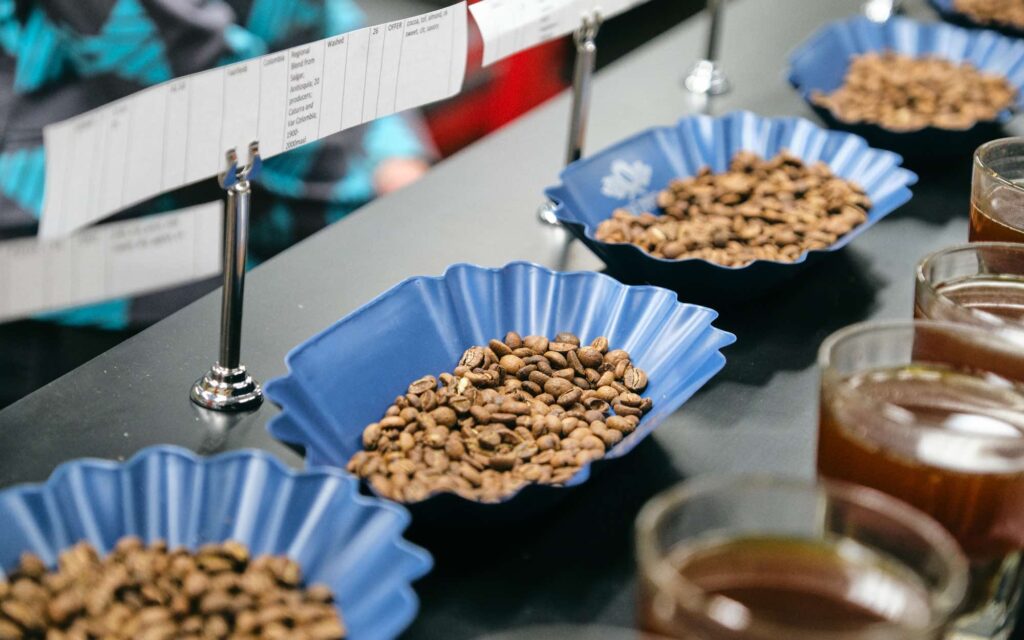
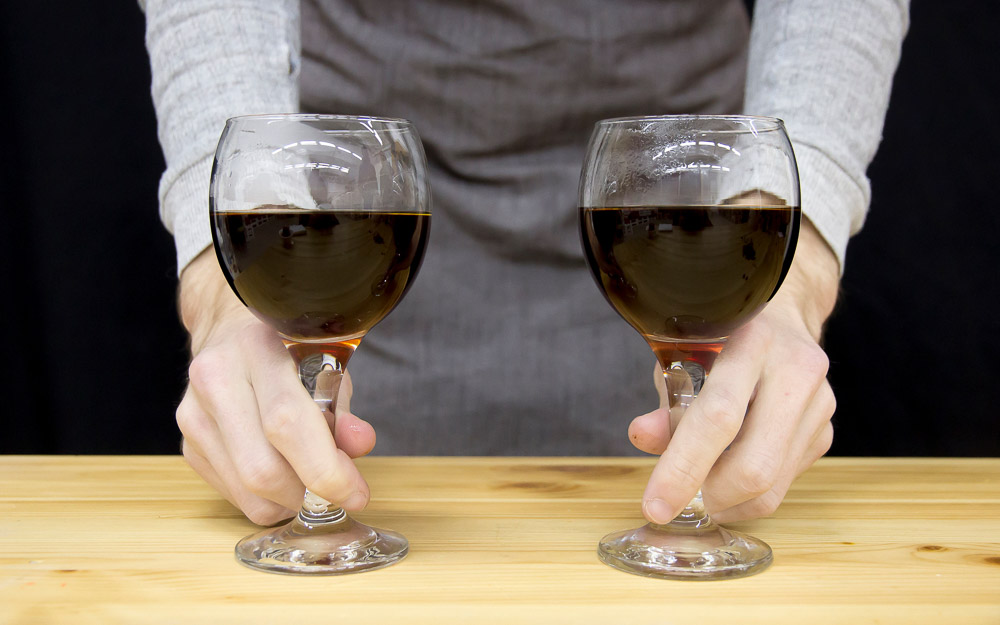
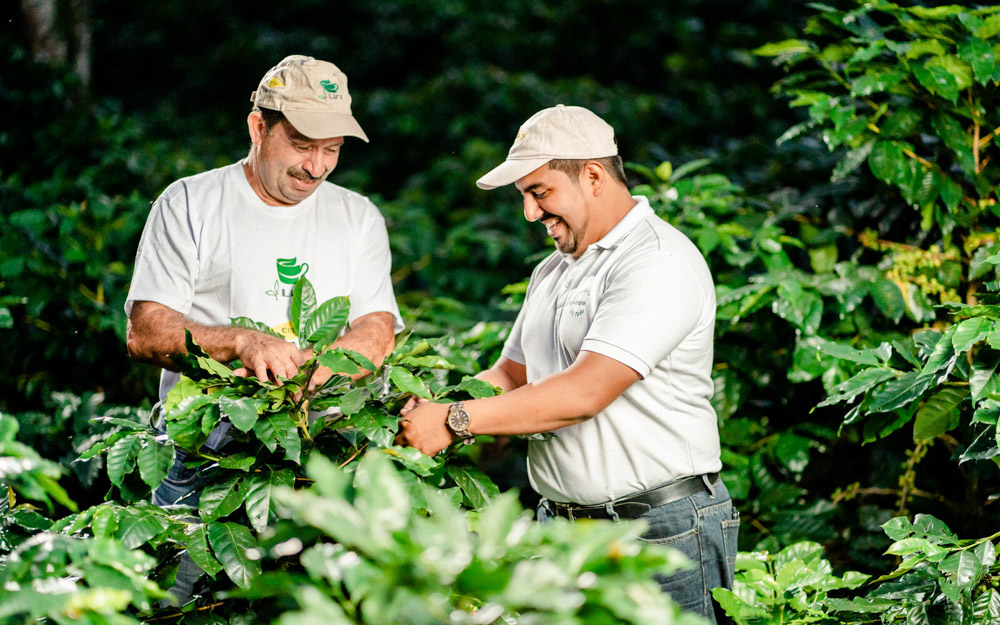
Responses